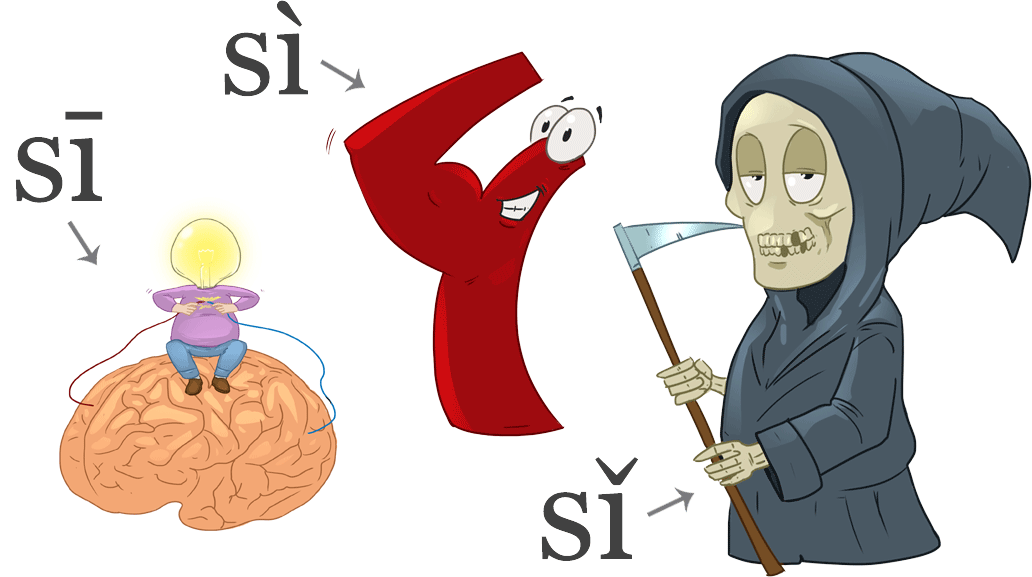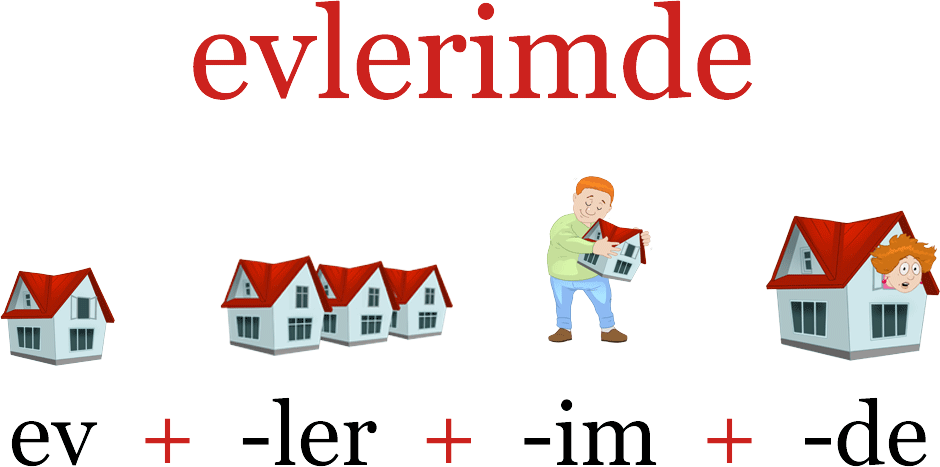Language classification, typology
"What kind of beast is it?"
"What kind of beast is it?"
Linguistic typology studies and classifies languages according to different features. It makes it possible to classify languages into larger groups according to the way they use sounds, types of morphology they do or do not possess and how they order the elements in sentences. Some features can be found all over the world in unrelated languages. The mere fact that two languages share a feature does not imply that they are related.
One of the most common ways of classifying languages is by the most typical order of the subject (S), verb (V) and object (O) in sentences such as “The cat eats the mouse”:
SVO (“The cat eats the mouse”),
SOV (“The cat the mouse eats”),
VSO (“Eats the cat the mouse”),
OSV (“The mouse the cat eats”),
OVS (“The mouse eats the cat”),
VOS (“Eats the mouse the cat”).

English is an SVO language, because all the other orders are incorrect or change the basic meaning (“The mouse eats the cat” means something very different). In some other languages, such as Russian, all these sentences would be correct, though one order might be much more common (in this case, SVO). In some languages, the order can depend on different parameters. French is usually SVO, but SOV when the object is a pronoun.
The most common orders are SVO (found in English, Indonesian, Chinese, Spanish and thousands of other languages) and SOV (found in Japanese, Persian, Hindi and Turkish among others). VSO is less common (found in Standard Arabic and Irish), and the three other orders that put the object before the subject are found in less than 5% of the world languages. Anecdotally, Yoda speaks in OSV order (Strong with the Force you are, but when 900 years you reach, look as good you will not).
Some languages use tone to distinguish words. One of the best-known examples is Mandarin Chinese, which has four tones. For example, sī (with a high tone) means “thought”, sì (with a falling tone) means “four” and sǐ (with a low falling and rising tone) means “death”. Tone languages are common in East Asia (other Chinese languages, Burmese, Thai and Vietnamese among others) but are also found in Africa (Yoruba) and the Americas (Navajo).

Languages that do not have tones usually have stress (a syllable pronounced more strongly than the others). In some languages, the stress always falls on the same syllable (the first in Hungarian, the last in French), but in other languages stress is important and is used to distinguish words. English and Russian are such languages: “increase” is a noun while “increase” is a verb, and in Russian, “muka” means “flour” while “muka” means “torture”.
Languages can also be classified by the way they mark grammatical functions. In isolating languages such as Chinese, words usually consist of one morpheme (a linguistic unit that carries meaning), while in synthetic languages, they can consist of several morphemes. English is mildly synthetic (it has inflections such as the plural suffix in books), while languages such as Latin have many inflections. Some languages such as Inuktitut (spoken by the Inuit) are sometimes called polysynthetic because they use very many inflectional affixes, and one word in such languages can correspond to an entire sentence in other languages.

Synthetic languages can be divided into fusional and agglutinative languages. In agglutinating languages, each morpheme usually has a single function and words can consist of many morphemes. Turkish is a good example of an agglutinative language. The word evlerimde means “in my houses” and consists of the following morphemes: ev (house), -ler (plural), -im (my) and -de (in). In fusional languages, affixes can combine functions. In the Spanish word habló (“he spoke”), -ó simultaneously indicates both the past tense and a third person singular subject.
There are no clear-cut boundaries between these categories however and languages rarely fall perfectly into one category.